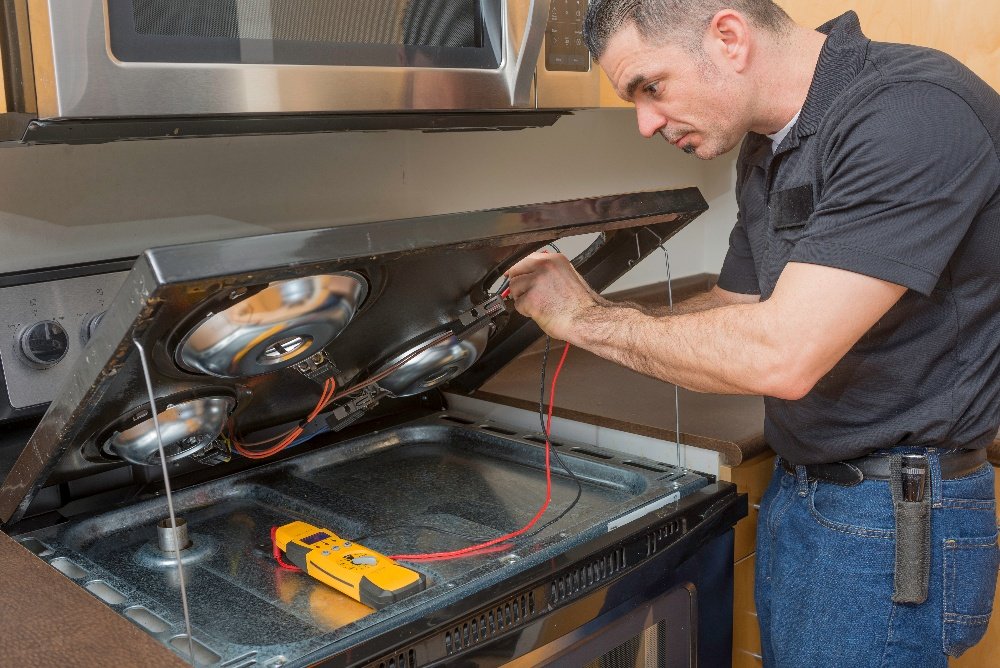If you are cooking on an electric range and you notice some sparking, you ought to shut off that same appliance. Then locate a lid of the proper size and use it to cover the burner that produced the sparks. Meanwhile, you are sure to wonder what could have caused the incident that called a temporary end to your cooking efforts.
Loose connections could be one cause
The coiled surface element on each of the range’s burners contains what is known as a terminal. Indeed, the coil ought to stay tightly connected to that same terminal. Unfortunately, repeated heating and cooling can loosen what should be a tight connection.
There is, as well, one other way by which the terminal might become the site of a loose connection. That unwanted loosening of a terminal’s connections might develop, if the cook has chosen to put heavy or large pans on one or more of the range’s smaller burners. Like the repeated heating and cooling, that foolish action can loosen any of the previously tight connections on the same smaller burner.
The condition of the range’s wires could be a contributing factor
Obviously, an electrical range depends on the functionality of its wired parts. Yet over time, any of the appliance’s wires might become frayed or broken. That could happen if the insulating material on the same wire were to show signs of wear. Admittedly, the frayed wire might keep working, but it could start arcing or sparking, as it struggled to carry out its function.
The condition of the coil must be examined
Every coil features a special surface, one created by a thin cast iron coating. Still, overtime, that special surface can develop unwanted cracks or bubbles, which expose the coil’s inner space. The exposed interior space can cause sparking. Unfortunately, a cracked or bubble-filled coil cannot be repaired. The owner of the range must buy new coils and arrange for their installation. For insurance of success, it is best to have a trained and certified appliance repair technician in San Diego County carry out that installation process.
One final, possible cause: a damaged socket
Like all of the appliance’s parts, the socket undergoes wear and tear. That could allow exposure of the socket’s inner workings. Once exposed, those inner working would not function properly. Fortunately, the socket for an electric range should be easy to find and to replace.
Contact us:
(619) 719-5005
[email protected]
